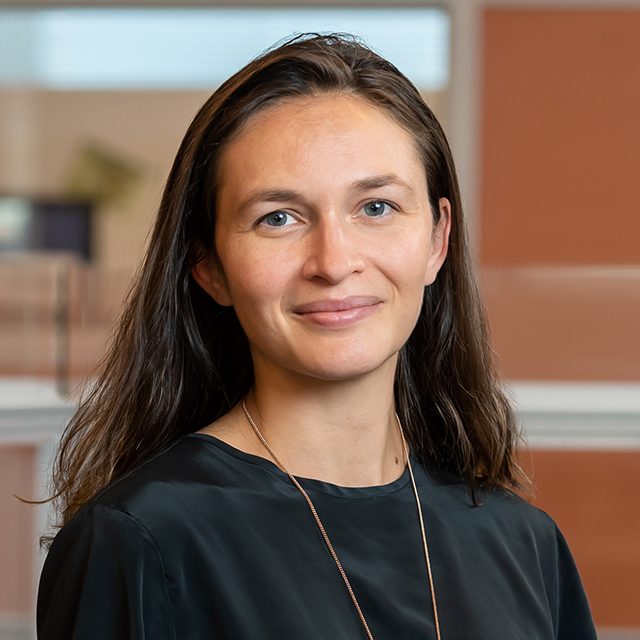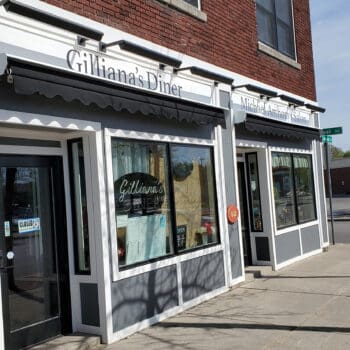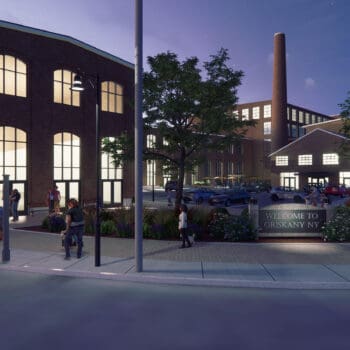Preparing for the Next Round of Restore NY

This summer, the NYS Empire State Development Corporation (ESD) kicked off a busy season of grant writing with the announcement of not one but two rounds of Restore NY funding and $250 million in program funding after a five-year hiatus.
The Restore NY program offers funding of up to $5 million (depending on community size) for the demolition, rehabilitation, or reconstruction of vacant, surplus, abandoned, and condemned properties. With funding of up to 90% of project costs, the Restore NY program can be essential for getting transformative projects off the ground.
The first 2022 round (Round 6) was due on October 11, 2022. LaBella worked with municipalities large and small across the State to meet this deadline. With Round 7 expected to be announced later this month, we are sharing some helpful tips for preparing a winning application.
Step 1: Don’t Miss the Letter of Intent Deadline
The ESD requires that all interested applicants submit a Letter of Intent as a first step, which is reviewed by ESD staff to confirm a project’s eligibility. Now is the time to post a call for projects to start soliciting potential projects to submit. While a community can only submit one application, communities can submit up to two Letters of Intent. Preparing a Letter of Intent is not a big lift, so if you are even considering applying, you need to take this first step.
Choose a Project With the Biggest Impact
When evaluating what project to submit for funding, choose a project with the biggest impact. Does your downtown have a blighted structure or a historic building that has suffered considerable damage and is now sitting vacant and discouraging investment in your downtown? The Restore NY program is intended to fund projects that will revitalize communities and have spillover economic benefits. Think about how big of an impact a project would have on a community and go with the one that will be the most transformative. While buildings that are at least 51% vacant are eligible, the greater the vacancy, the more competitive the application is!
Project Readiness Is Key
With more time before Round 7 applications are due (expected January deadline), this is a great opportunity to advance your project. What does this mean? Start SHPO consultation early, coordinate with financing institutions, submit sketch plans to initiate local approvals, conduct site due diligence, and initiate coordinated review. Eligible projects don’t need to complete site plan review approvals, but they need to show that significant progress has been made on site permitting.
Connect Your Project With Other Funding Sources
How does the project build on other funding? ESD scoring puts a high emphasis on leveraging other State and Federal funding (20% of the scoring criteria). Are there other grant funded projects that your community is undertaking or has completed that relate to your project, or are there other grant funds that could help fund the Restore NY project? If there are any opportunities to connect your project with other funding sources, it is important to highlight them in your application.
Alignment With State Priorities
The Restore NY program has two stated priorities: inducing commercial investment and improving local housing. While projects that check both those boxes will score the highest, there are other State priorities that should be highlighted if they apply to your project, including affordable housing, green building construction, and Smart Growth.
Bottom line: The Restore NY program is an extremely impactful and flexible program. Communities should be proactive in applying for funding through the program, as it is not clear when the State will have another round of Restore NY program funding.

About the Author
Norabelle Greenberger, AICPEastern NY Planning Lead, Brownfields Market Leader
Currently serving as Eastern NY Planning Lead and Brownfields Market Leader at LaBella, Norabelle has over 12 years of experience in community, environmental, and transportation planning, with a strong emphasis on downtown and site revitalization. She specializes in preparing Brownfield Opportunity Area (BOA) Plans, Downtown Revitalization Initiative (DRI) Plans, NY Forward Strategic Investment Plans, and economic development plans. Well-versed in a wide range of funding programs, project implementation strategies, and the SEQR process, Norabelle also has a proven track record of securing and administering grant funding for both public and private clients.

